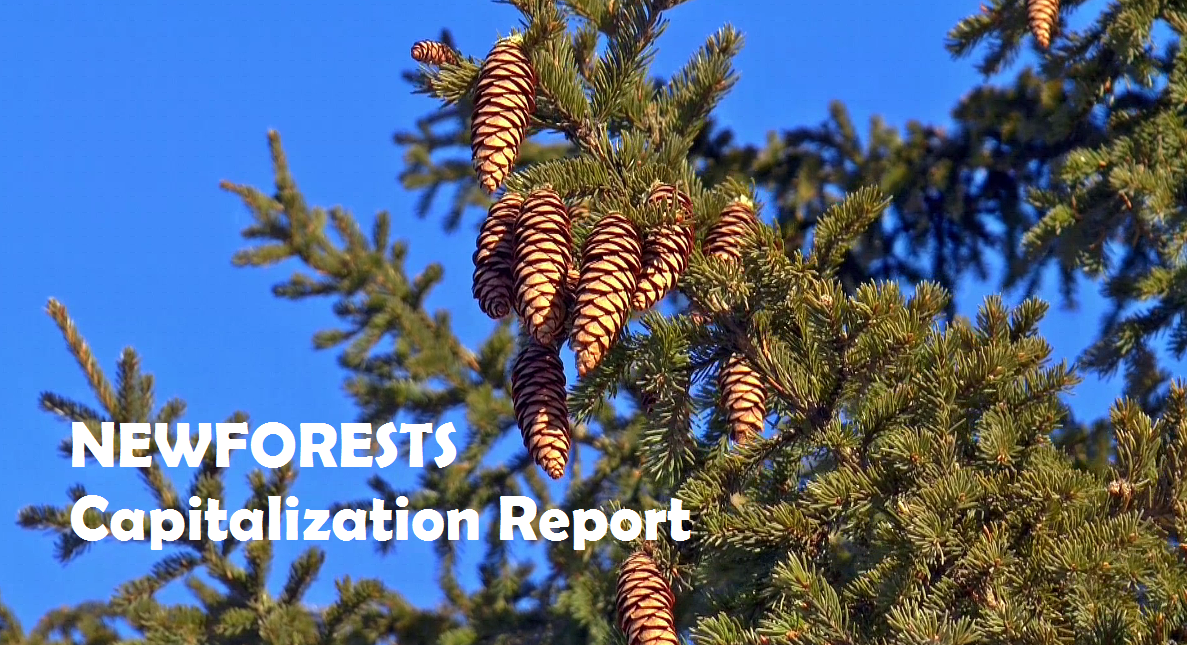
| Work package Number | 1 |
|---|---|
| Starting date | Month:3 |
| Leading partner | UQAM |
| Objectives | This WP considers both theoretical and practical aspects related to our understanding of how ecosystem processes (including carbon, water and nutrient flows) respond to global change drivers. Available compelling scientific evidence now shows that the productivity and resilience of natural and managed ecosystems are greatly dependent on the maintenance of its biodiversity components and their interactions. In this work package, we will focus on (1) the mechanisms (principally biodiversity) involved in supplying major forest ecosystem services: primary productivity in terms of wood and carbon sequestration, water use in terms of transpiration, etc; and (2) the determinants of drought resistance in forests at different spatial scales, in order to assess how the previous environmental services are likely to change under different climatic scenarios. |
| Description of work | Task 1.1. Developing diversity experiments in Catalonia. TreeDivNet is an international platform for research on the relation between tree species diversity and ecosystem functioning. The network regroups several research projects in different parts of the world and it forms the largest project on ecosystem research worldwide, although currently there is no experimental plot in the Mediterranean Basin. Among the various projects, IDENT “International Diversity Experiment Network on Trees” is a network of Biodiversity – Ecosystem Functioning (BEF) experiments in temperate regions of several countries in Europe and North America that share a focus on Functional Diversity and the density at which tree saplings are planted. There is a current experimental setup in Montreal while another one will be implemented in Solsona (Spain), thus collaboration opportunities among both places and the entire international platform are ready to be exploited. The Solsona experimental mixed-plantation will be unique in that it will focus on how the response of tree communities and ecosystems to drought could be modulated by species and functional diversity.
Task 1.2. Estimation of forest ecosystem carbon pools and fluxes. The rapid loss of biodiversity in the last century has opened a debate on the consequences for ecosystem functioning. One of the most explored relationships has been between plant species richness and productivity, a process determining ecosystem carbon pools and fluxes. Despite empirical support for an increase in ecosystem productivity with species diversity, there is wide evidence that this relationship is dependent on local and environmental characteristics (stand structure, climate), especially in structurally more complex natural systems. New evidences for this relationship in forests are urgently needed in the context of climate change, as forest ecosystems play an important role in carbon sequestration. In this context we aim to develop different initiatives for research on the effect of species richness and functional diversity in the relationship between forest pool and fluxes (growth, survival) and carbon sequestration along climate gradient from Canada to Spain using existing forest inventory databases. This research will also include the impact of recent climate change on carbon stocks and fluxes, taking into account the impact of fires and pests, on carbon emissions. Task 1.3. Characterizing the variability in tree functional traits (including measures of drought-resistance) along environmental gradients at different ecological scales: within species, across species and among communities, and the relationships among those different traits and between them and other measures of plant/forest performance (growth, survival, drought resistance and resilience). We will take advantage of the ongoing work at CREAF using the Catalan Ecological and Forest Inventory (IEFC), a unique dataset including functional traits data from thousands of forest plots sampled from 1988 to 1998. Efforts will be directed at merging the IEFC and Canadian datasets in order to compare the functional structure and responses of Mediterranean vs. Temperate forests. |



